All About Wild Hogs
Wild hogs are in most cases confused with pigs. However, their specific body structure is a major defining difference. Their shoulders have a hump and their legs are longer than that of pigs. They have five senses (smell, touch, hearing, sight, and taste) but usually use four (sight, hearing, smell, and touch). The most advanced senses in wild hogs is the sense of smell and hearing. They are believed to have an internal compass which helps them detect the north and south axis. Wild hogs reproduce in a small amount of time and to many squeakers. This means that their numbers increase daily. Their threat to farms and animals has become a cause of alarm. They also carry diseases that are a threat to wildlife and livestock.









However, wild hogs will only attack humans in times where they feel attacked. Their mood is defined by their posture. They can have a jovial posture, a threatening posture, an aggressive posture, a curious posture, or a submissive posture. You should avoid close contact with them since they may perceive your intentions wrongly.
Their relation to human beings is poor. This is the main reason why most times they escape upon being domesticated.
Appearance
Wild hogs have an ever-growing sharp tusk that is habitually ground sinking. It plays a huge part in their feeding modes. Their thick fur is a major difference from domesticated pigs. This is because their color range is white, black, or brown whereas that of a domesticated pig is pink. The fur is most likely to have spots or speckles. Male wild hogs are known as “boars” and weigh 200 pounds or more and the females weigh about 150 pounds. Their faces are covered in fur making their small eyes beady. They also are characterized by large ears and pointy snouts.



Diet
Since they are believed to have evolved from being domestic to wild, wild hogs can feed on anything. Their diet depends on the current environment. They will eat anything that comes their way. That is, both animals and plants- they are omnivores. They normally feed on sea turtle eggs, deer, downed livestock, acorns, roots, small reptiles, etc.
Habitat
They are not choosy. They will usually settle in the place they feel most safe i.e. a bushy area. Their habitat has to have an accessible water source since these animals do not have sweat glands and need to cool off (wallowing) once in a while. They can survive in different types of habitats i.e. wetlands, temperate forests, savannas, grasslands, and scrublands. When searching for a better place to rest, wild hogs will ensure that the ground has sheltered bedding. The shelter is usually not a permanent one. Some will come back after a day of hunting while others move on to find another place.



Behavior
Wild hogs are very social animals. They prefer sleeping in groups. This helps them stay warm and also for security. The male wild hog usually sleeps a little further away from the females. They also travel for long distances in search of females to mate with. This happens immediately after they are sexually mature enough.
Their day ends after several ground digs. This is the main reason why wild hogs have strong snouts. They can cause massive destruction while digging. If for instance, they are make their way onto your property, they will mess with the ground making it hard to farm or worse, will uproot your farm produce. There are several instances when they have attacked people. This aggressive side should be a caution if you get near one.
Select Your Animal
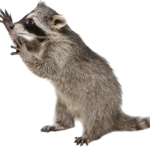


Raccoons
Raccoon Removal Information & How-To Tips



Squirrel
Squirrel Removal Information & How-To Tips



Opossum
Opossum Removal Information & How-To Tips



Skunks
Skunks Removal Information & How-To Tips



Rats
Rat Removal Information & How-To Tips



Mouse
Mouse Removal Information & How-To Tips



Bat
Bat Removal Information & How-To Tips
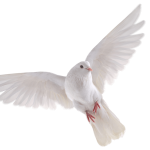


Bird
Bird Removal Information & How-To Tips



Snake
Snake Removal Information & How-To Tips
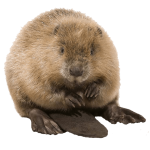


Beaver
Beaver Removal Information & How-To Tips



Mole
Mole Removal Information & How-To Tips



Vole
Vole Removal Information & How-To Tips



Gopher
Gopher Removal Information & How-To Tips



Rabbit
Rabbit Removal Information & How-To Tips



Woodchuck
Woodchuck Removal Information & How-To Tips
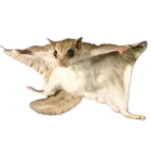


Flying Squirrel
Flying Squirrel Removal Information & How-To Tips
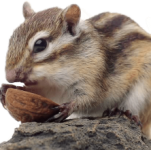


Chipmunk
Chipmunk Removal Information & How-To Tips



Coyote
Coyote Removal Information & How-To Tips



Fox
Fox Removal Information & How-To Tips



Wild Hog
Wild Hog Removal Information & How-To Tips



Dead Animal
Dead Animal Removal Information & How-To Tips